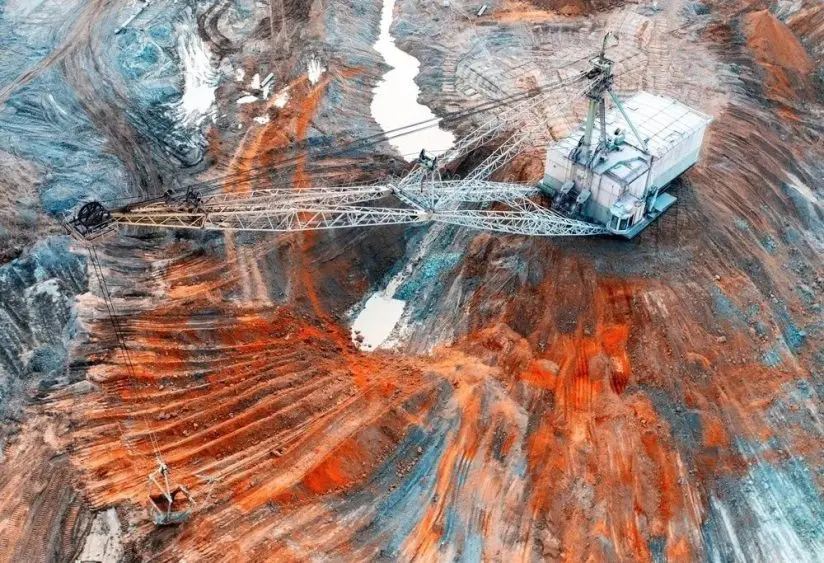The fight over rare earth minerals between the United States and China may seem worlds away from American agriculture, but these elements already play a quiet role on some farms—and could soon matter much more.
Rare earth elements, or REEs, include 17 metallic elements like lanthanum, cerium, and neodymium. They’re best known for powering high-tech devices—electric vehicles, magnets, wind turbines, and defense systems—but they also have experimental and growing applications in crop and livestock production.
Rare-Earth Fertilizers and Soil Additives
In China, REE-based microfertilizers have been in use since the 1980s. Applied in very small amounts—about 0.23 kilograms per hectare—they’re blended into fertilizers to stimulate plant growth, enhance photosynthesis, and improve nutrient uptake.
Some studies there have reported yield gains in rice, wheat, and tea when small amounts of lanthanum and cerium are added. One nationwide Chinese trial used 100–300 grams per hectare of lanthanum and 200–300 grams per hectare of cerium in “low-rate” applications, with even higher “test” doses to observe plant uptake and residue levels. Scientists say the elements appear to act as biostimulants, though the biological mechanisms remain unclear.
If that same 0.23-kilogram-per-hectare rate were applied to all of China’s grain acreage—about 119 million hectares—it would translate to roughly 27,000 metric tons of rare earths annually. In the United States, applying the same rate across corn and soybean acres would total about 16,000 tons a year. While far from current practice, the numbers show how agricultural use could become a meaningful part of the global supply picture.
Livestock Feed Applications
China has also experimented with rare-earth citrates in livestock feed. In one controlled trial, beef cattle fed 400 milligrams of rare-earth compounds per kilogram of feed gained weight more efficiently and showed improved rumen microbial balance compared to unsupplemented cattle. Research in pigs and poultry has produced similar but inconsistent results. Analysts note that more work is needed to confirm both performance and safety before REE feed additives could see broader adoption.
Unintentional REEs on Farms
Even where farmers never apply a “rare-earth fertilizer,” small amounts of these elements are already entering the soil. Phosphate rock—the raw material for phosphorus fertilizer—contains natural traces of rare earths. Between 70 and 95 percent of them end up concentrated in phosphogypsum, a waste product of fertilizer manufacturing. Several U.S. projects are now exploring how to recover REEs from that waste stream, turning a byproduct into a potential domestic source of critical minerals.
Benefits and Risks
At low doses, rare earths sometimes promote growth and yield; at higher doses, they can become toxic. Studies show a classic “hormetic” response—beneficial at trace levels but harmful as concentrations rise. Some research even links REE fertilizers to increased nitrous oxide emissions when used alongside urea. Long-term accumulation in soils and plant tissues is another concern, and food-safety thresholds for human exposure are not yet well defined.
The Strategic Connection
As China tightens export controls on rare earths, its dominance extends beyond smartphones and EV batteries. The same materials could eventually shape parts of the global food system—from fertilizer inputs to feed additives and soil recovery technologies. While U.S. farms are not yet dependent on rare earth imports, the potential future demand adds another layer to the conversation about securing domestic supplies of critical minerals.
